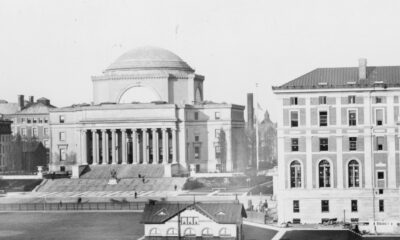Education
Colleges Must Revive the Free Press on Their Own Campuses

Elite universities can work toward greater free speech, but things won’t improve until legacy campus publications are challenged.
UPenn did not have a free press
“We have conservative columnists, but we fact-check them twice,” said the then editor-in-chief of The Daily Pennsylvanian during my freshman year at the university, in response to a question about publishing conservative views.
Undeterred by the warnings of campus conservatives, I applied to and was accepted to the paper’s Opinion section, where I wrote for four years. I felt that it was my obligation to offer a different perspective from on-campus orthodoxy. This has become increasingly difficult as the hostility to diverse opinions within legacy media has become more intense.
Last month, for example, former chairwoman of the Republican National Committee Ronna McDaniel was hired by NBC News, only to be fired four days later due to an “on-air revolt” from the network’s top pundits.
Back in 2020, young staffers at The New York Times revolted over the publication of an op-ed by U.S. Sen.Tom Cotton calling for National Guard intervention to aid in quelling the violence in America’s cities. The result was a lengthy and condescending editor’s note condemning Cotton’s column. Soon after, long-time editor Bari Weiss resigned from her position with the Times, citing its illiberal and bullying environment.
Exposure of leftist ideological enforcement
In recent weeks, former New York Times editor Adam Rubenstein revealed the extent of this problem in an Atlantic exposé, where he describes being treated as a “heretic” at the paper. A similar story has been told by Uri Berliner, senior business editor at NPR, who voiced his concerns over the network’s hard-left shift and growing tendency to tell listeners “how to think.” Berliner was suspended for his comments and then resigned.
This ideological bullying is passed down from top-tier journalists to smaller newsrooms like The Daily Pennsylvanian. In 2022, the paper took down an article criticizing the NCAA’s guidance around transgender swimmers during the Lia Thomas controversy due to internal staff criticism. Ideology was constantly prioritized in editing. Amid Penn’s draconian COVID-19 measures, executive leadership of the paper tried to prevent my columns condemning them from being published in The Daily Pennsylvanian. The paper censored Wharton Board of Advisors chairman Marc Rowan’s letter criticizing the University of Pennsylvania’s response to the October 7 Hamas terrorist attacks while rapidly publishing then-Chairman Scott Bok’s response. Clearly Rubenstein’s warning that “activism” is winning out over “journalistic goals” is relevant at The Daily Pennsylvanian, too.
It’s a very big deal
You might ask: What’s the big deal? If NBC won’t hire Ronna McDaniel, can’t you change the channel to Fox? And if a U.S. senator is censored by the New York Times, surely he can publish future articles in National Review? But this polarization of media has serious consequences for democracy. It has acted as a profound deterrent to conservative voices in journalism.
A study conducted by the Syracuse Newhouse School of Journalism found that only 3.4% of journalists identify as Republican compared with 25% in 1971. The problem is substantially worse at the college level. In its 2023 DEIB report, The Daily Princetonian found that 90.2% of its editors identified as “left-wing.” The Daily Pennsylvanian does not track these numbers in its own diversity report, but as a former member, I’d estimate a similar breakdown among staff.
This lack of ideological diversity should concern everyone, regardless of political leanings. Ensuring that the media landscape has a range of views remains crucial to safeguarding free thought and the integrity of information in our society.
Lack of a free press leads to partisan divide
Even more concerning is the widening partisan divide in media consumption and distrust in journalism. Pew has found that Americans are progressively more segregated in their news choices, with Republicans and Democrats getting their information from almost completely different sources. Consequently, it’s unsurprising that 74% of Americans believe that the media plays a major role in the growing political divide. How are we supposed to live, work, and vote together if we are operating with such different facts from such opposed media sources?
American trust in legacy media stands at a “historic low.” The only solution is to provide an alternative. Organizations not plagued by restrictive “sensitivity” standards, and that attract writers and readers interested in asking questions, not just regurgitating talking points, are what we need. Publications like The Free Press, and similar models on college campuses like Penn’s new student paper, The Pennsylvania Post, which I helped found, have begun to do just that.
It will be an uphill battle, and those waging it won’t be spared the dreaded accusations of “conservatism” at every turn. I encourage all young journalists to ask questions and challenge the orthodoxy. The future of the free press starts and ends with us.
This article was originally published by RealClearPennsylvania and made available via RealClearWire.
Lexi Boccuzzi is a contributor at Young Voices and a senior at the University of Pennsylvania. She has written about higher education, the media landscape, and Gen Z conservatism in The Daily Pennsylvanian and has just founded a new heterodox student publication, The Pennsylvania Post where she serves as Editor-in-Chief.
-

 Education2 days ago
Education2 days agoCHAPTER 13: Fomenting Race Wars Begins in Kindergarten
Space Is No Longer the Final Frontier—Reality Is [forthcoming release May 2024] -
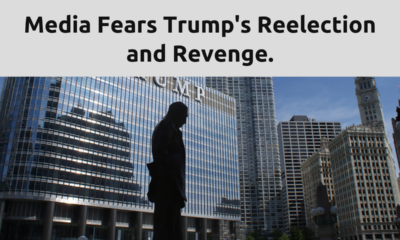
 Civilization5 days ago
Civilization5 days agoLegacy media already assume Trump wins
-
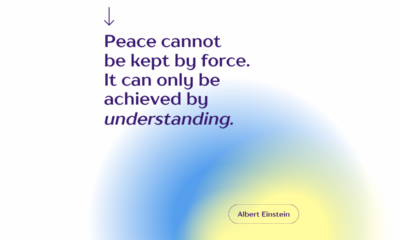
 Civilization3 days ago
Civilization3 days agoAntisemitism – and misguided legislation
-

 Civilization4 days ago
Civilization4 days agoUkraine as proxy for war with Russia
-
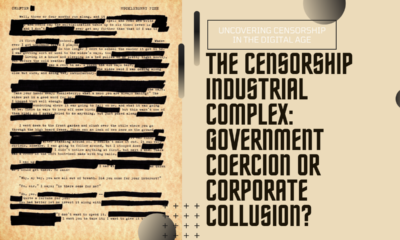
 Executive2 days ago
Executive2 days agoCensorship Industrial Complex redux
-

 Education4 days ago
Education4 days agoFive Ways Campus Turmoil Hurts Democrats and America
-
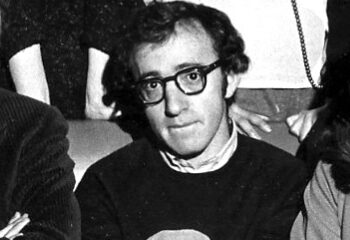
 Civilization4 days ago
Civilization4 days agoGatsby Loses to Woody Allen
-
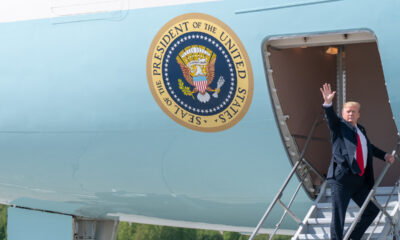
 Guest Columns4 days ago
Guest Columns4 days agoIs Trump Nostalgia Enough?



